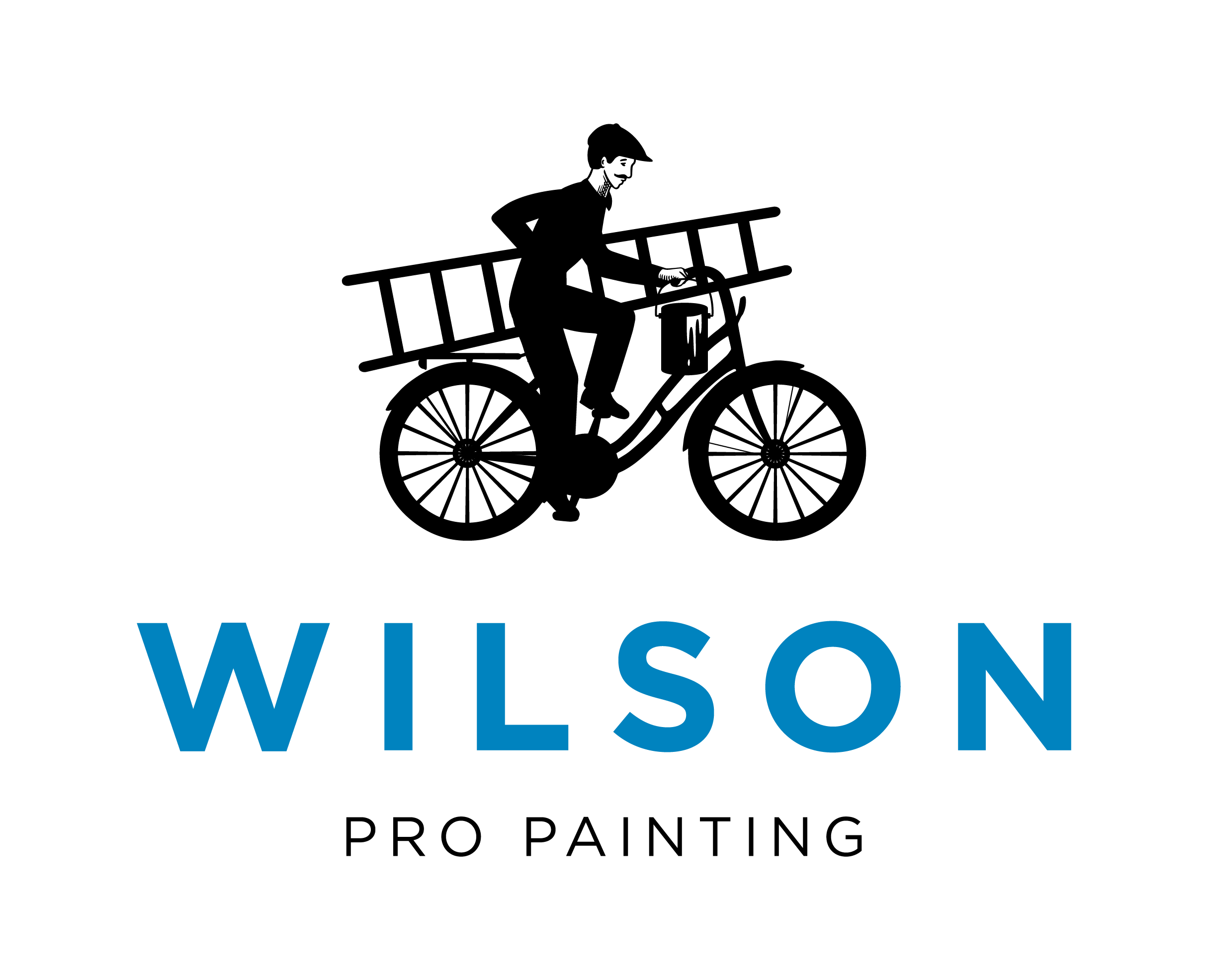Painting your deck not only revitalizes its appearance but also provides protection against the elements. In this comprehensive guide, we’ll explore the nuances of painting decks, common pitfalls to avoid, and advice on selecting the right paints for different situations.
Understanding Your Deck’s Condition: Before embarking on a painting project, assess the condition of your deck. Check for signs of rot, mold, mildew, or loose boards. Address any structural issues and perform necessary repairs before proceeding with painting. Proper preparation is key to ensuring a durable and long-lasting finish.
Choosing the Right Paint: Selecting the appropriate paint is crucial for achieving optimal results. For horizontal surfaces like decks, consider using a high-quality, acrylic-based deck paint or solid-color stain. These formulations offer excellent adhesion, durability, and UV protection. For vertical surfaces such as railings and posts, opt for a durable exterior paint designed for wood surfaces.
Common Pitfalls and How to Mitigate Them:
- Poor Surface Preparation: Inadequate surface preparation can lead to premature paint failure. Thoroughly clean the deck surface to remove dirt, grime, and previous coatings. Use a pressure washer, scrub brush, and deck cleaner to ensure a clean and smooth surface.
- Skipping Primer: Applying a primer is essential for promoting adhesion and ensuring the longevity of the paint job. Use a high-quality exterior primer specifically formulated for wood surfaces. Allow the primer to dry completely before applying the topcoat.
- Applying Too Thin or Thick Coats: Improper application of paint can result in uneven coverage, drips, or a thick, rubbery finish. Follow the manufacturer’s instructions for application, and aim for thin, even coats. Use a brush or roller designed for deck painting to achieve consistent results.
- Painting in Unsuitable Weather Conditions: Painting decks in extreme temperatures or high humidity can lead to poor adhesion and drying issues. Choose a day with mild temperatures, low humidity, and no chance of rain. Avoid painting in direct sunlight, as it can cause the paint to dry too quickly.
- Neglecting Regular Maintenance: Even the most durable paint will require maintenance over time. Inspect your painted deck annually for signs of wear or damage, and touch up any areas as needed. Regular cleaning and reapplication of a protective topcoat will help extend the life of your deck paint.
Conclusion: Painting your deck is a rewarding home improvement project that can enhance both the aesthetics and durability of your outdoor space. By understanding the common pitfalls and following proper techniques, you can achieve professional-quality results that withstand the test of time. Whether you’re refreshing an existing deck or adding a splash of color to a new one, take the time to select the right paints, prepare the surface diligently, and apply the paint with care. With the right approach, you can transform your deck into a beautiful and inviting extension of your home.
Your deck is more than just an outdoor space; it's a sanctuary for relaxation and entertainment.
In this comprehensive guide, we'll explore the nuances of painting decks, common pitfalls to avoid, and advice on selecting the right paints for different situations.
Which One Should You Use?
When it comes to painting your home or any surface, one of the primary decisions you'll face is whether to use latex or oil-based paint.
